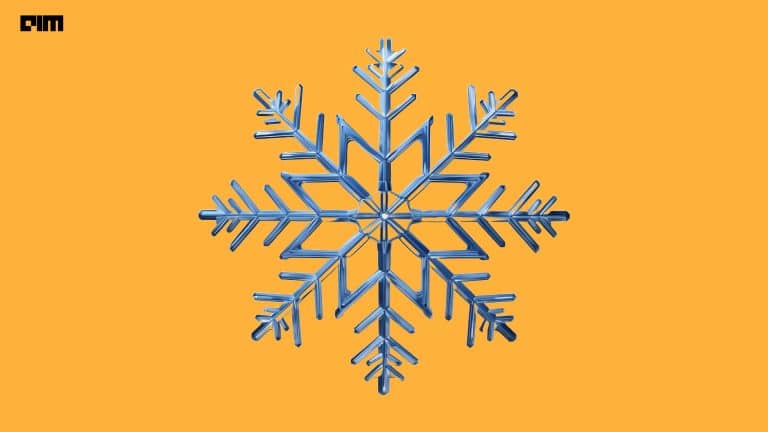Data warehouses are now properly leveraged to use data to derive deep analytics. Out of all the data warehouses, some of the leading platforms include – Amazon Redshift, Google BigQuery, and Snowflake. In this article, we compare Redshift with Snowflake.
AWS Redshift is a data warehouse product which constitutes a portion of the Amazon Web Services cloud platform. With Redshift, businesses can query petabytes of structured and semi-structured data across their data warehouse and data lake utilizing standard SQL. Redshift allows users to save the results of their queries back to the S3 data lake adopting open formats, like Apache Parquet, to additionally analyze from other analytics services like Amazon EMR, Amazon Athena, and Amazon SageMaker.
Snowflake gives a cloud-based data storage and analytics setting as ‘data warehouse-as-a-service,’ which enables enterprise users to store and analyze data utilizing cloud-based platforms. Snowflake has worked on Amazon S3 since 2014, and on Microsoft Azure since 2018, and also on Google Cloud Platform in 2019. While it stores data on public cloud platforms, the query engine is made in-house. With a standard and interchangeable code base, Snowflake gives benefits such as global data replication, which implies that users can move data to any cloud in any geography.
Platform Use Cases
Redshift can be defined as a wholly-managed, cloud-ready petabyte-scale data warehouse platform which may be smoothly blended with enterprise intelligence tools on AWS. Redshift allows multiple integrations with different technologies, especially with tools on the AWS platform. Unlike Snowflake, Redshift considers that user data is in AWS S3 already for performing tasks. AQUA is a new distributed and hardware-accelerated cache that supports Redshift to go up to 10x faster than any other cloud data warehouse.
Operating as a virtual data lake, Snowflake provides analytical capability across various cloud platforms, which entails that companies can securely have data and applications irrespective of the platform. Its cloud-neutral and virtual nature makes it very useful and functional for big business users.
Virtual Warehouses can be applied to store data or run queries and can perform both these jobs concurrently. Snowflake Virtual Warehouses can be scaled up or down on command and can be suspended when not in use to decrease the expenses on computing. So if a company is looking to cut down waiting time through Query, or uploading the data faster to provide a hassle-free end-user result, then this is the best solution for the company.
Integration
Redshift integrates with a multiple of AWS services like Athena, Glue, SageMaker, DynamoDB, Athena, CloudWatch, etc. So if you are looking to use a data warehouse with AWS, then Redshift is probably your best choice. All you have to do is Extract, Transform, Load (ETL) into the warehouse and start performing analytics.
Snowflake does not have similar integrations, which makes it more challenging for clients to use tools like Kinesis, Glue, Athena, etc when attempting to integrate their data warehouse with their data lake architecture. It, on the other hand, integrates with tools like IBM Cognos, Informatica, Power BI, Qlik, Apache Spark, Tableau and a few others, which can be helpful for analytics processes.
Snowflake gives native support for JSON documents, providing built-in functions and querying for JSON data. In contrast, there is limited support for JSON at AWS Redshift, as reported by users.
Pricing
Redshift has a higher compute per dollar, saving you more money for the same amount of total compute time. On a general level, if we look at the pricing models, we see that Redshift is cheaper for on-demand pricing. Also, with Reserved Instances, costs can be further reduced for using AWS Redshift.
Snowflake, on the other hand, has a dynamic cost model and depends on the workload and pricing can be billed basis each separate use patterns of the virtual warehouses about compute and storage. What we see is that smaller companies lean towards Amazon Redshift due to its simple usability and affordable pricing. But large enterprises can find value in Snowflake as computing, and storage can be used separately, which can bring overall prices down.

















































































